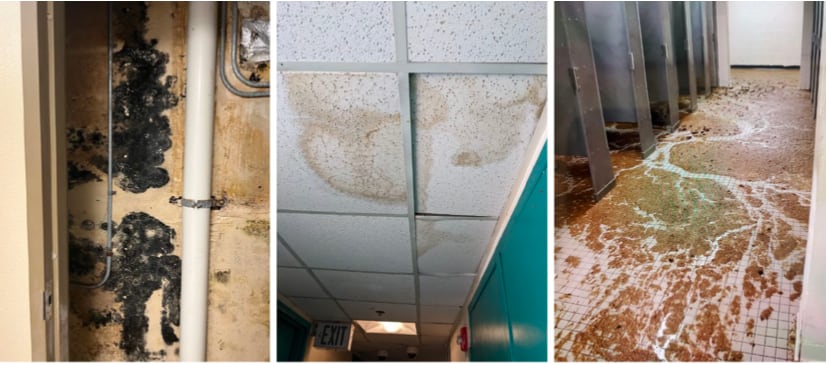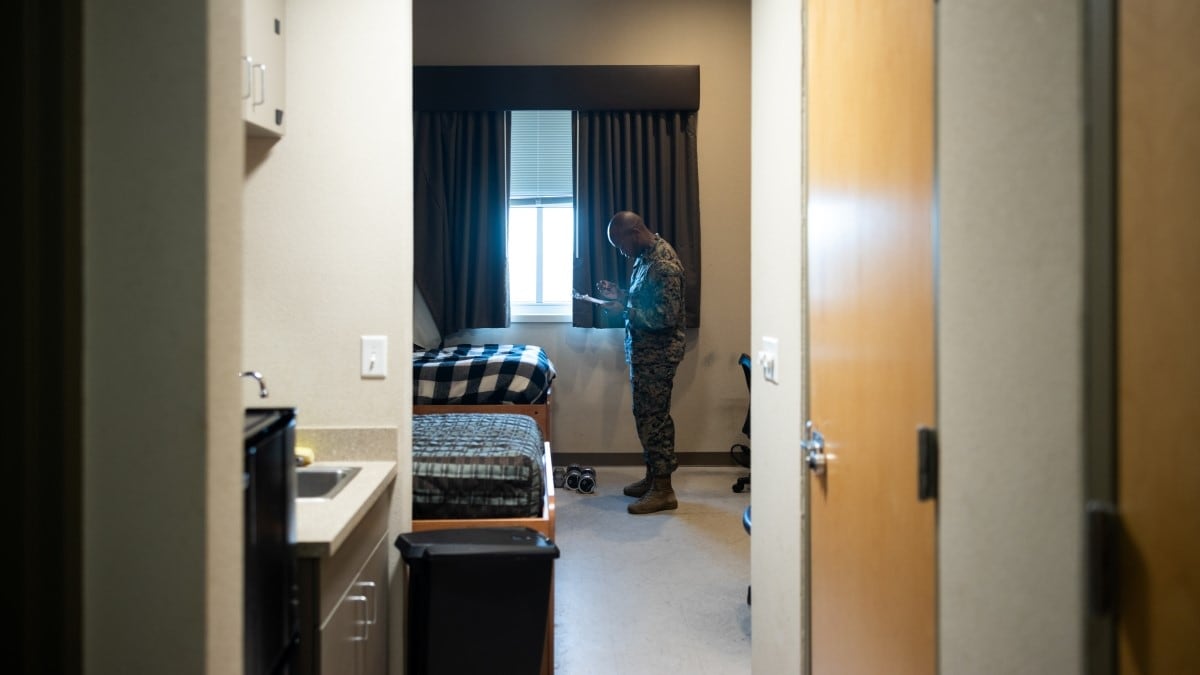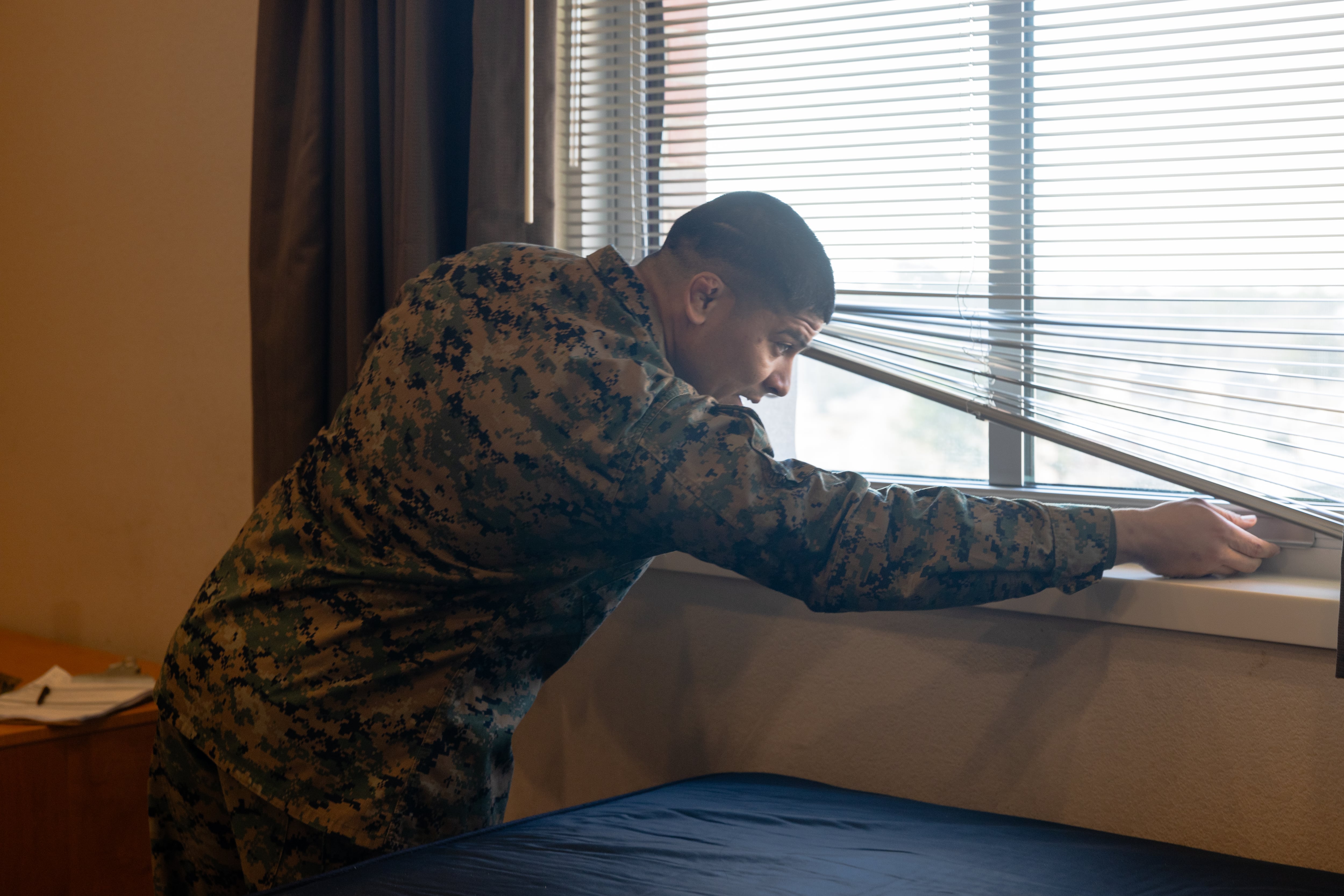The Marine Corps has released a new system that will allow Marines to make barracks maintenance requests through a QR code on their phone.
The QSRMax system is part of a larger initiative within the Marine Corps to improve Marines’ quality of life during service, dubbed “Barracks 2030,” with the goal of improving barracks, making management more accessible and modernizing barracks buildings.
The new system will allow Marines to submit their requests to USMCMax through a QR code on their phone. QSRMax then sends the maintenance request directly to the barracks and building managers on the base.
“This restructuring increases transparency and accountability while enhancing communication between Marines and maintenance personnel,” the announcement said.
RELATED

Maintenance requests can now be tracked through this system, allowing Marine Corps leaders to see recurring problems in the barracks.
A 2023 Government Accountability Office report revealed the poor living conditions of the barracks that hundreds of thousands of service members reside in. The GAO found safety and health concerns like sewage overflow, broken windows, inoperable fire systems and vermin.
There is a lack of accountability in the Department of Defense for these conditions that negatively impact quality of life, morale and readiness, the report and past Military Times reporting found.
“The introduction of QSRMax marks a new chapter in facilities maintenance within the Marine Corps, characterized by efficiency, transparency, and responsiveness,” the announcement said.
Earlier this year, lawmakers called for increased accountability for the barracks issues that plague the military, not just the Marine Corps. In a February hearing, members of the House Armed Services Committee’s readiness subcommittee questioned Brendan Owens, the assistant secretary of defense for energy, installations and environment.
Rep. Michael Waltz, R-Fla., chairman of the committee’s readiness panel, challenged why no leader was relieved or fired over the conditions, citing how it would demonstrate to others how “unacceptable” this issue is.
“I don’t think anybody on this committee or any of you are expecting our service members to live in the Taj Mahal,” Waltz said in the hearing. “But this is disgusting. This is unsatisfactory.”
Owens said in the hearing that the military will implement 28 out of the 31 recommendations from the GAO report to improve barracks’ conditions.
Receiving the necessary funding for improving the Marine Corps barracks remains an obstacle as well.
RELATED

The Corps asked for an extra $65 million in the beginning of March from Congress in its fiscal year 2025 budget request, totaling the requested funds for barrack restoration to $274 million.
The Marine Corps needs to spend around $1.5 billion to increase the living standards and modernize the barracks, according to Marine Corps Times reporting earlier this year.
Approximately 88,000 Marines live in barracks, according to a February Marine Corps Gazette article co-authored by Maj. Gen. David Maxwell and Maj. Nicholas Boivin.
The GAO report found that as of March 2023, 17,000 Marines live in subpar barracks.
Cristina Stassis is an editorial fellow for Defense News and Military Times, where she covers stories surrounding the defense industry, national security, military/veteran affairs and more. She is currently studying journalism and mass communication and international affairs at the George Washington University.




